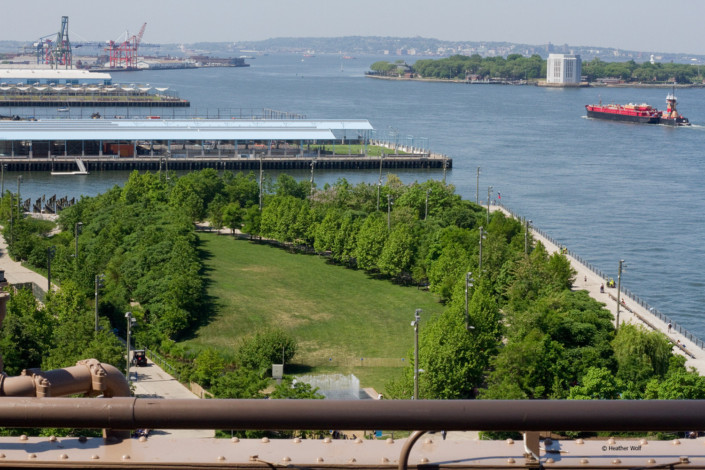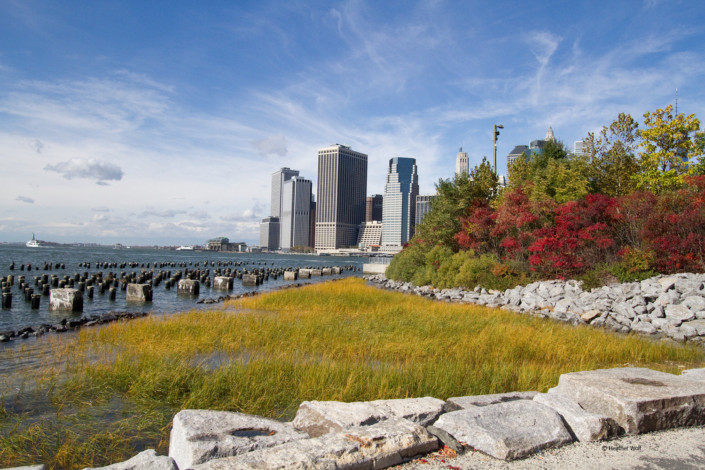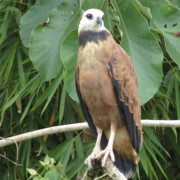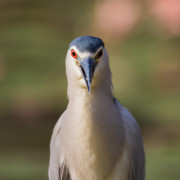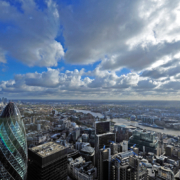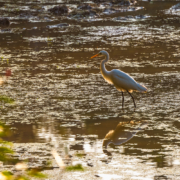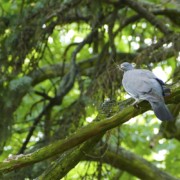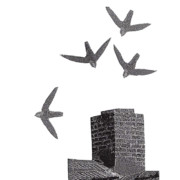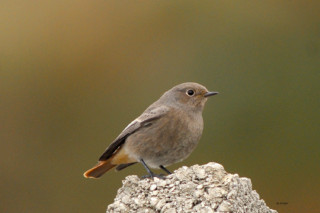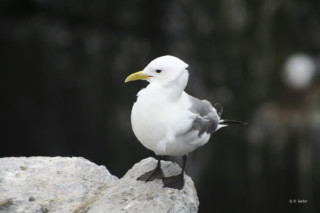Brooklyn Bridge Park opened in 2010, transforming a series of dilapidated piers into a beautiful 85-acre waterfront park with some of the best views in New York City. It became my urban patch in 2012 when I moved into an apartment a block away. Surprised at the species turning up in this under-birded location, I began to document and photograph them. I’m up to 142 and counting.
While the 85-acre park extends a bit north of the Brooklyn Bridge, the best birding is on the southern side of the bridge, from Piers 1 to 6. It takes about fifteen minutes to walk this stretch (if not birding), and its narrow north/south layout makes it easy to cover a lot of ground without veering off the beaten path. Each pier is somewhat of mini-patch, offering different habitats and seasonal “birdscapes”.
The park’s best birding is at Pier 1, with its wide variety of habitats including a marsh, a meadow, ponds, wooded paths, and large open lawns. Just opposite lower Manhattan, the pier’s “Granite Prospect” steps offer breathtaking views of the Brooklyn Bridge and the Statue of Liberty. Walk up the steps and you’ll reach one of the park’s migration hotspots – a stand of Catalpa and Paulownia trees. In spring and fall, Ruby and Golden-crowned Kinglets hover as they snatch insects from the undersides of the trees’ large leaves. Yellow Warblers and American Redstarts move along the branches, peering under the leaves for high protein snacks. The Paulownia tree’s purple-fluted, nectar-filled flowers of spring attract the Baltimore Oriole and an occasional Ruby-throated Hummingbird. I once saw a nectar-greedy oriole chase a hummingbird out of the tree!
Below the trees on the north side is a sloping meadow that I call “The Magical Knoll”, Yellow-billed Cuckoo, Great Crested Flycatcher, Brown Thrasher, and dozens of others have made appearances here. During migration, an Eastern Wood-Pewee can often be found perched in a Catalpa and fly catching over the meadow. Late August is the best time to find Least and Willow Flycatchers, which tend to perch on the trees at the bottom of the Magical Knoll and hunt facing up the meadow.
The large lawns of Pier 1 attract migrating sparrows such as Savannah, Field, and Chipping. White-throated Sparrows are near-residents – only absent from the park during their breeding season from June to September. They often forage alongside migrating sparrows but are usually found hopping in leaf litter throughout Pier 1 and the entire park.
Along the park’s main path (that runs past all of the piers) are two ponds. The longer pond in the middle of the stretch is most productive and a reliable location for Northern Waterthrush during migration. In spring, Barn Swallows collect mud here for their nests, which they build under the park’s piers. In the paths just above the pond the summer soundtrack is the “meowing” of breeding Gray Catbirds that can be seen through fall.
As you head south, you’ll pass by Pier 2 – a sports facility with everything from basketball courts to a roller-skating rink. In spring and early summer it’s worth a visit to watch and hear the antics of Common Grackles that nest under the roof. While shorebirds are uncommon in the park, the spiral tidal pool at the foot of Pier 2 has turned up Spotted Sandpiper and Killdeer. It’s also not unheard of to see herons and egrets here including Great Egret, Great Blue Heron and Black-crowned Night-Heron that are often seen roosting in various waterside park locations in summer.
The next notable habitat is the uplands at Pier 3 where the park’s most vocal and aggressive resident Northern Mockingbird will greet you. In spring and summer of 2016, I counted seven mockingbird nests in this small area that would seem to be the territory of just a single male. The uplands are also home to year-round resident Song Sparrows that are joined by migrating sparrows in spring and fall. American Kestrels take notice, especially from mid-September through November, and hunt the sparrows from the surrounding light posts. This past winter, dozens of American Robins hunkered down here to partake in the only food source left until spring – the bitter berries of the upland’s holly trees.
Pier 4 has not been a structural pier since well before the park opened in 2010, but the area where it once stood is now home to “Bird Island” and a mini manmade beach – with no swimming allowed! While Bird Island doesn’t live up to its name compared to other park locations, in winter the surrounding waters are home to Buffleheads, Red-breasted Mergansers and Gadwall. In summer, Common Terns fly over this area with fish in bill, headed to nearby Governors Island where their young await a food delivery. Each summer, a small colony of terns nests on a closed pier there.
South of Pier 4 and stretching to Pier 5 is a recently constructed marina. In winter, its floating platforms are a popular evening roost for gulls. A recent count in early February turned up over 4,000 Ring-billed Gulls roosting on the platforms at sunset. I tallied my first rare gull sighting here that same month in 2016 – a Black-headed Gull. December through early February is the best time to catch this gull roosting spectacle.
Just south of the marina is Brooklyn Bridge Park’s second best pier for birding, Pier 6. Fifty-five steps is all it takes to circle this pier’s “Exploratory Marsh,” located across from a pair of sand volleyball courts. Though small, the marsh is a popular migration stop for many species including Northern Waterthrush, Yellow Warbler, Black-throated Blue Warbler, Winter Wren and Wood Thrush. Adjacent to the marsh is the “Water Lab” playground – off-limits to adults – but easily birded from the low surrounding fence. In fall, as the sun goes down, insects rise like clouds here attracting warblers that fly-catch from a Dawn Redwood tree until the sun goes down.
Just steps away, at the west the end of Pier 6, is a wildflower meadow circled by trees and shrub-lined lawns. A great sparrow spot, it is frequented year-round by resident Song Sparrows and in much of the year by White-throated Sparrows, who dominate early spring’s dawn chorus before they depart for northern breeding grounds in May. During migration, White-crowned Sparrows have been making regular appearances here and a Fox Sparrow or two can usually be found double-hopping under the surrounding trees. One of the newer sections of the park, the meadow’s trees are young and low, making it easy to spot migrants including Blue-headed Vireo and Yellow Warbler
In addition to those already mentioned, the park’s year-round residents include Northern Cardinal, American Robin, Mourning Dove, Ring-billed, Herring and Great-Black Backed Gulls, Double-crested Cormorant, Canada Goose, Mallard and American Black Duck. Also notable are part-year resident Laughing Gulls which can see seen April through November. Red-tailed Hawks are sometimes seen flying over Brooklyn Heights, the neighborhood above and to the east of the park.
You can read more about the birds of Brooklyn Bridge Park in my book Birding at the Bridge: In Search of Every Bird on the Brooklyn Waterfront (with a foreword by the The Urban Birder himself, David Lindo).
Heather Wolf
2017


